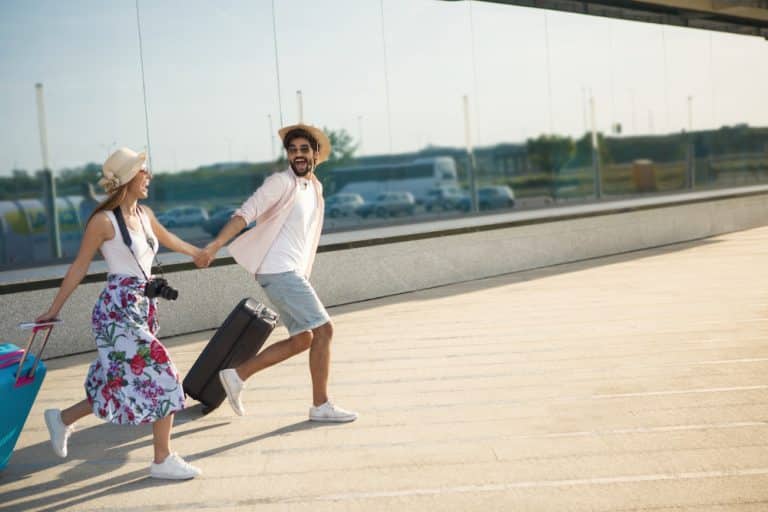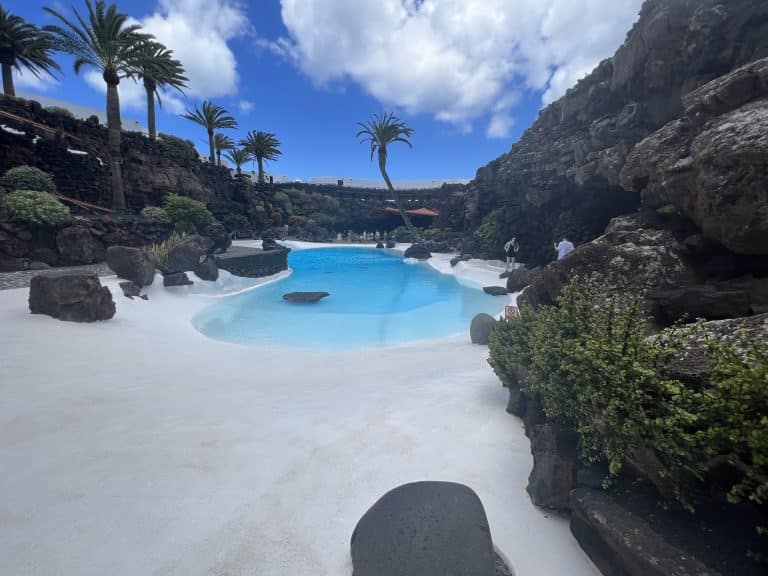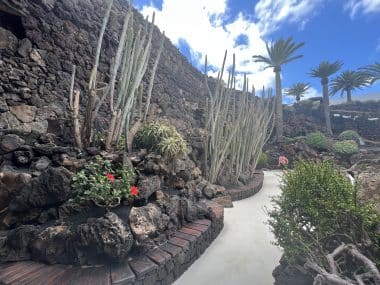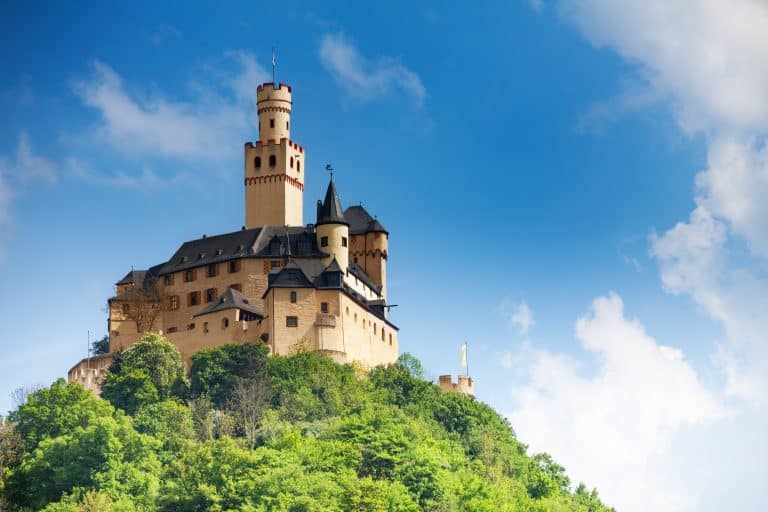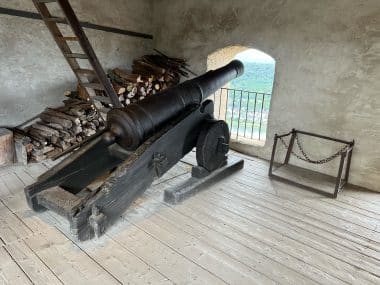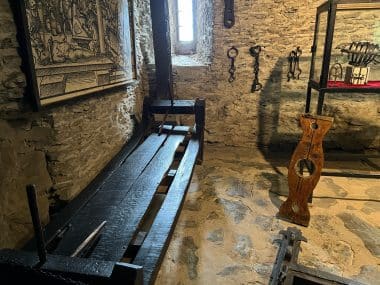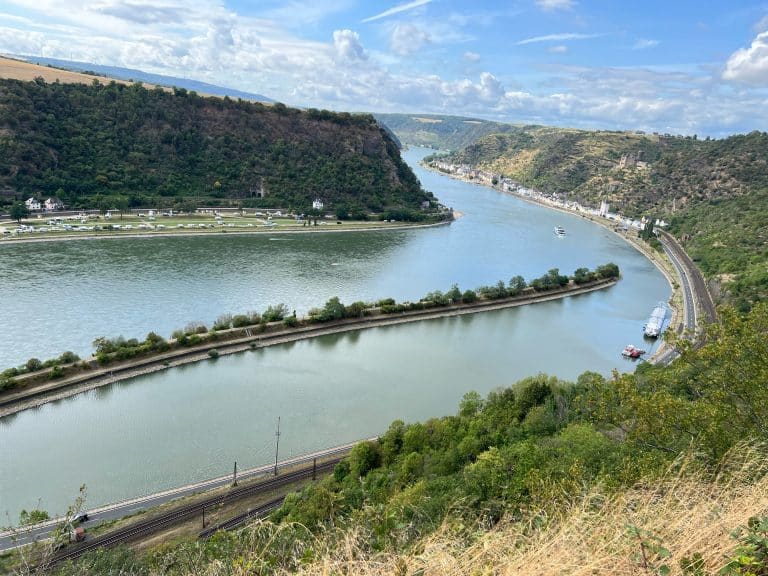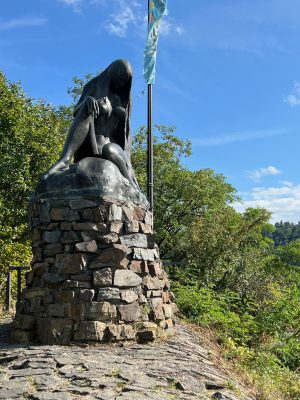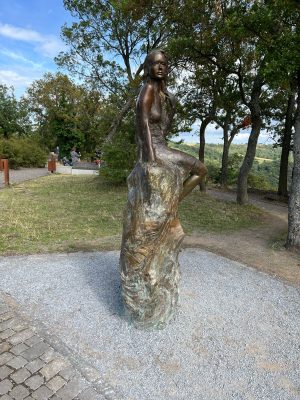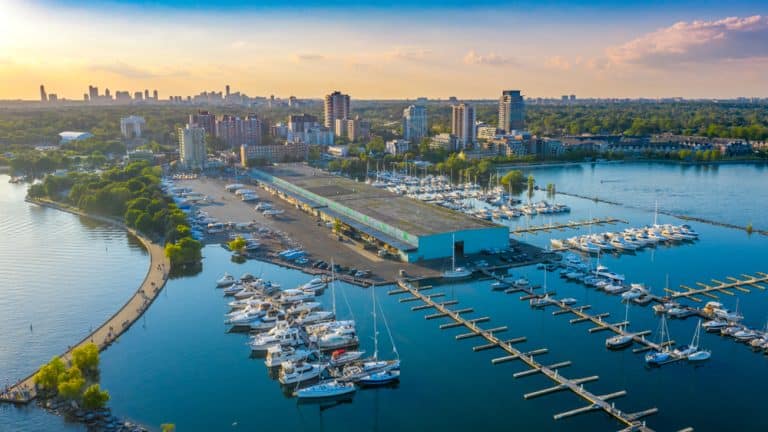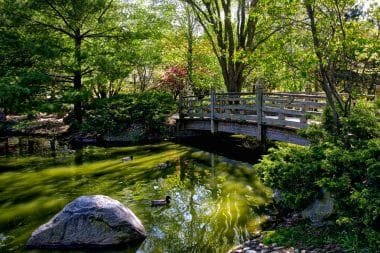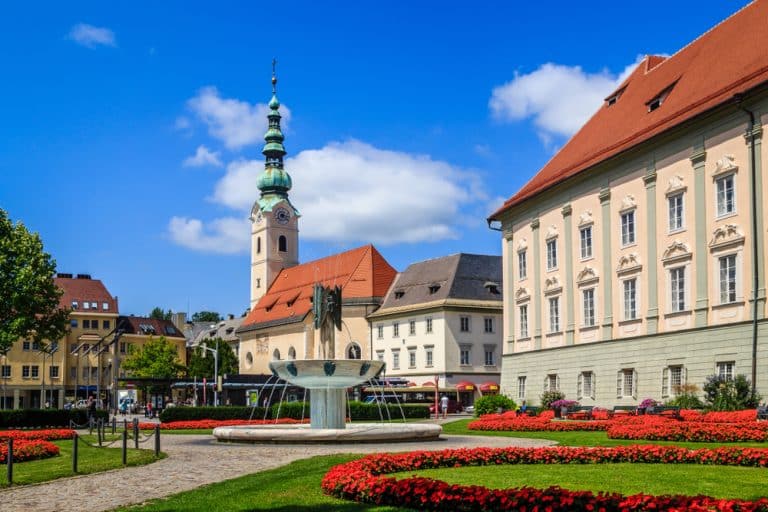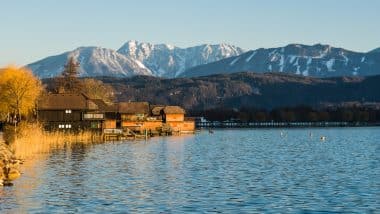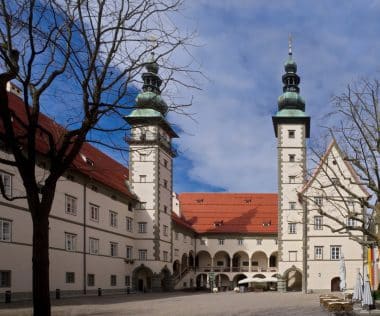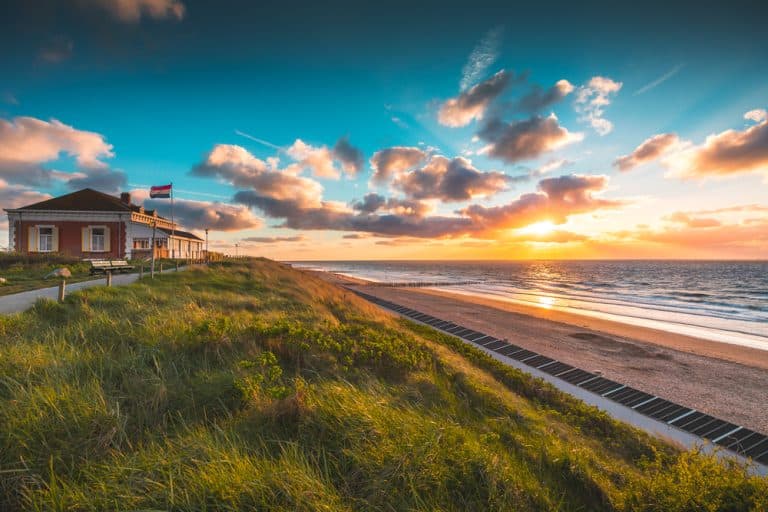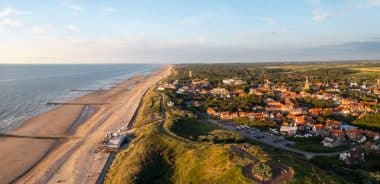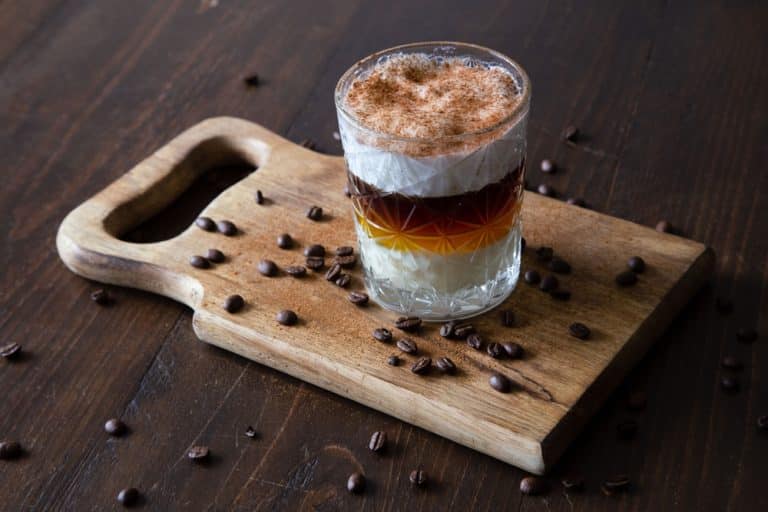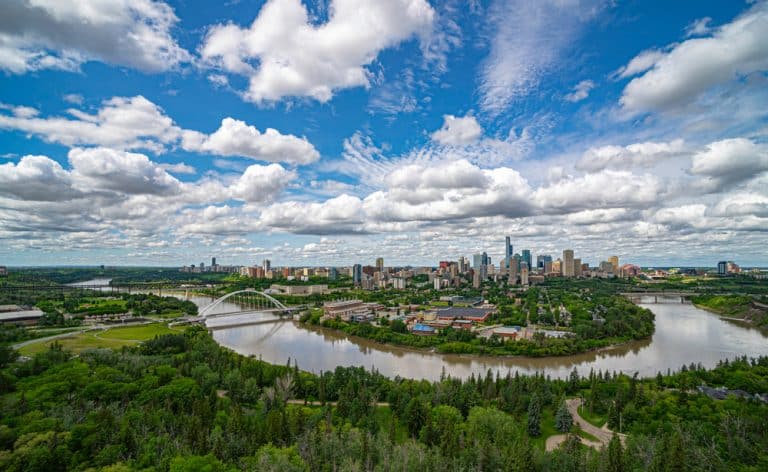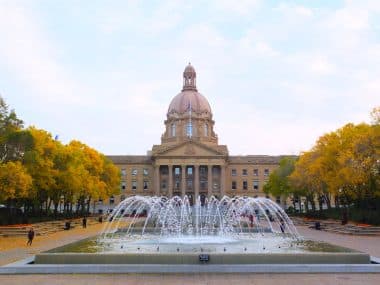Flying with babies is not always easy, especially the first time. Often the little ones scream or cause stress in other ways. What to look out for before and during the flight is what the following article will be about. To this end, some central questions will be answered and useful tips will be provided.
When can babies be taken on the plane?
Some airlines accept babies as young as two days old. From the age of two weeks, the infants are then allowed on almost any plane. In exceptional cases, the child must be a few months old. More detailed information can be found on the websites of the respective airline. Sometimes there is even a baby changing room or a play corner for the very young. Otherwise, these can be found in the washrooms on the plane. If it is unclear whether the child is actually healthy, an appointment with the pediatrician will help.
What are the additional costs?
Up to the age of two, infants are allowed to travel on an adult’s lap, but only one child per person, i.e. parent. There is only a small flat rate of 10 to 20 percent of an adult’s airfare, often between 15 and 50 euros. It is secured with an additional lap belt. A separate children’s seat costs between 75 and 100 percent of a regular flight ticket. Children older than two years of age must have their own seat on the plane.
Carry-on baggage during the flight
Most airlines are generous in this regard, and baggage allowances are the same as adult passengers. Again, the regulations differ from airline to airline. Babies and children with their own seat are generally subject to the same baggage allowance as adults. Larger items such as the stroller or a travel cot must be checked in as bulky luggage and are usually not allowed in the cabin. In the best case, the cabin crew receives them directly at the aircraft door for stowage. Some things that the baby needs during the flight are often free of charge. Excluded from the strict hand luggage regulations are baby milk, porridge or feeding bottles. This also applies to indispensable medicines. You can either bring your own baby food or it is available on request on the plane.
Required travel documents
With a children’s passport, you can travel to any country. However, exceptions prove the rule. For example, you need a separate passport for the baby or a visa for the USA . South Africa , on the other hand, requires the original birth certificate to avoid complications when leaving the country. Information is available from the embassies of the country in question. In some countries, a travel authorization from the legal guardians is added if your own parents do not fly with you.
What is important before departure?
Before departure, it is important to check a checklist for flying with babies again to make sure that all travel documents and things that the baby needs during the flight and on vacation are there. this applies to diapers, wet wipes, a change of clothes and baby food. Toys, picture books or toys, depending on the age of the toddler, also don’t hurt for a bit of variety. It is best if the flight times do not significantly affect the baby’s daily and sleep rhythm. Night flights are particularly advantageous. A time buffer on arrival helps to avoid stress. This eliminates annoying waiting times at the counter. Many airports have their own family area. Families with babies are allowed on the plane before the other guests.
Bassinet and other useful things for flying with baby
A Bassinet is a cot or baby basket on an airplane. It is usually hooked to the wall in the first row. This allows the baby to sleep comfortably in between. Of course, it is also possible to bring your own baby seat. In this case, however, the full ticket price must be paid. In any case, it is important to find out about the exact regulations of the airline beforehand. If there is pressure on the ears , a pacifier or a bottle helps to calm the infant. Otherwise, the favorite toy provides mitigation. If the toddler falls ill before departure, the flight should be avoided if possible. This is all the more true in the case of contagious childhood diseases such as chickenpox.
What else do you need to consider when flying with a baby?
If in doubt, there is always someone on board for support, because traveling with a baby can quickly become exhausting. It is important to keep calm, even if other passengers feel disturbed by baby crying or the toddler romping around. The flight crew also has useful tips for this. Suitable water for the baby bottle is provided by the crew. The onion look helps with temperature fluctuations. The air conditioning system is mainly responsible for this.



